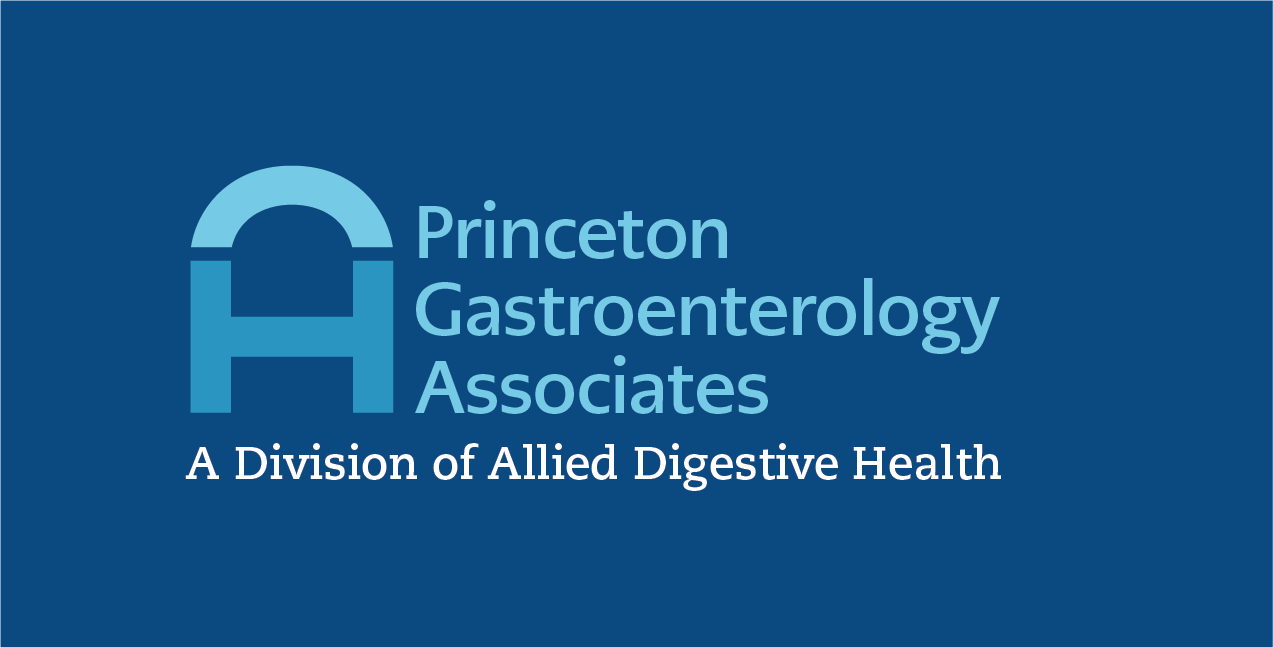What is Upper GI Endoscopy?
Upper endoscopy or EGD (esophago-gastro-duodenscopy) is a procedure where a physician uses a flexible, thin tube with a camera and a light source to examine the inner lining of a patient’s upper gastrointestinal tract, which includes the esophagus, stomach and duodenum (first portion of the small intestine).
Why is Upper GI Endoscopy Done?
Upper endoscopy is performed to evaluate causes of upper abdominal pain, nausea, vomiting, trouble swallowing, or symptoms of indigestion (belching, heartburn, bloating, or upset stomach associated with eating). The test is also often performed to evaluate for causes of unexplained weight loss or anemia. It is the preferred test to evaluate upper gastrointestinal bleeding. Upper endoscopy can find problems in the upper gastrointestinal tract such as ulcers, abnormal growths, polyps, inflammation, or hiatal hernia.
Upper endoscopy can also be used to obtain tissue specimens (biopsies). It can also be used to treat problems of the upper gastrointestinal tract, such as removing foreign bodies or food stuck in the esophagus, stretch narrowed segments (strictures) or stop bleeding spots (such as bleeding ulcer).
How is an Upper GI Endoscopy Performed?
- Upper endoscopy is usually performed with the patient lying on his or her left side.
- The patient’s throat may be numbed with a spray or gargle. The patient is then given sedating (relaxing) medication through an intravenous (IV) line.
- The patient swallows an endoscope (a long flexible tube that is thinner than most pieces of food that are swallowed when eating). The scope does not affect the ability of the patient to breathe normally. The sedating medication helps to keep the patient from gagging.
- Air is inserted to help the doctor see well. It may cause burping.
- The endoscope transmits images of the upper GI tract to a video screen.
What Happens After the GI Endoscopy is Done?
- The patient is observed closely until full alertness has returned.
- An adult must drive the patient home that day. The patient must not drive a car for at least 24 hours after the procedure
- Call your doctor if you have black or tarry stools; blood in your stool, fever, or persistent pain in your abdomen


